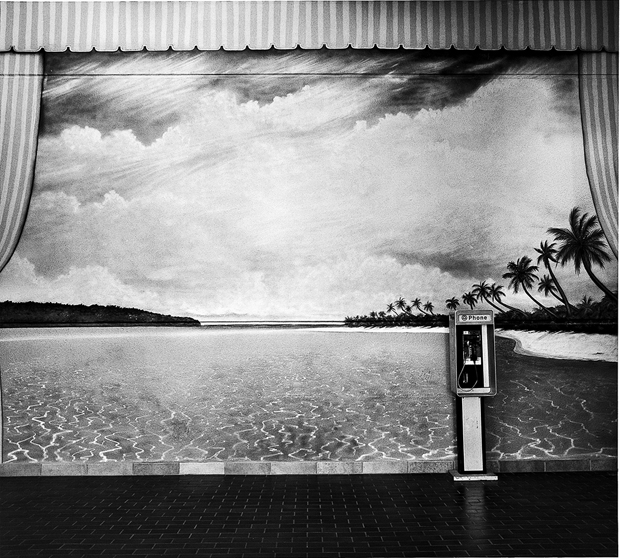I remember when I selected this subject on the CunyFirst Website it was a surprise for me as a Latino to find out that such subjects are present here in New York. I am a transfer student from the Dominican Republic and, I didn’t hesitate to choose this class because of the feeling of home that it would give me and, I wasn’t wrong. I learned a lot on this subject, but I highlight the reading of “the problem of the land” by José Carlos Mariátegui. I found interesting the approaches that are cited in this text mainly with the fact that actions taken hundreds of years in the past have repercussions today. It is of great interest to me that the fact that the mismanagement of the colonizers has decided that countries of the American continent today are known as the third world and which are not, I do not understand how such books are not studied in Latin America because I was totally unaware of this.
It is interesting to analyze how, despite having a great margin of resources, the mismanagement of these led to the total failure, perhaps the process of colonization of Central and South America would have had the same intentions as those executed in North America because the history would be different.
This task was of great interest to me and was very entertaining. Mainly the video that we made as a group where we explained in detail what this book is about.
Cherrie Moraga – La Guera
Kimberle by Achy Obejas.
I find it complex to emphasize the whole story in perhaps a playlist, maybe I don’t know enough songs that I can relate to the text but I would say that the experiences with the killer reminded me of the song “Psycho – Puddle of Mudd” and at the beginning of the story Kimberle’s continuous thoughts of suicide would relate them to the song “Los Malaventurados No Lloran – PXNDX”.
the connection that I find with the PXDXN song is due to that constant feeling of kimberle at the beginning of the story with thermianr with his life and needing help, if you look at the official video of the song you will see that the same thing happens persoans trying to realize this but they are frustrated by adversities of life.
Meanwhile I consider that the mystery of the murderer reminds me of the lyrics of PSYCHO because it is about the same thing even though perhaps the song has a more mocking tone with respect to this theme.
The story is very good and I think it has enough content to make an adaptation perhaps to a co-production or something like that.
The Pandora BOX
Article: https://www.bbc.com/news/uk-43255878
I chose this article which details different obstacles presented by transgender people because I think it is a direct window to the situation that Arturo Arias tries to express through his story “la caja de pandora”, this story that happens to Juan when he wakes up one day as a woman leads him to face various challenges now with his new life, before Juan was not aware of the challenges that women face and now he is living them, one of the parts that caught my attention was the fear that Juan felt when he thought about what other people might think of him when he became a woman.
Not only was this one of the obstacles that Juan faced, but it was also diverse, which made me think about society, about the social obstacles that trans people face, which are simply imposed by society.
Dulce Pinzón and Graciela Iturbide (images)
I consider that both images are loaded with various meanings but what highlights my attention is the place where they are is the environment where they occur.


By observing both images, Dulce Pinzón and Graciela Iturbide for me, they express how our reality is changing while we live in society. Both images show a “non-real” landscape which is like a tapestry and is exhibited for people to see, just as we go to a zoo to see exotic animals we have never seen or to a museum to observe antiques, just as society moves on. Unfortunately it is possible that this will become the only way to be able to witness nature, if pollution and abuse of natural resources continues in this disproportionate way, I have no doubt that this will be our future.
Mexican Heaven
“Saint Peter lets Mexicans into heaven but only to work in the kitchens. a Mexican dishwasher polishes the crystal, smells the meals, & hears the music, they dream of another heaven, one they might be allowed in if they work hard enough.
Even though this is a funny and humorous film, the main character “Valentin”, seeing a daughter he didn’t expect, makes the decision to immigrate to California USA, and accepts all kinds of jobs, no matter their nature or if they are dangerous or not, with the only purpose of obtaining money for his daughter. Here is a living example of how the immigrant mentality is conditioned to work in order to survive or to support loved ones.
Porcupine Love
This is a situation that can happen to many of us in various ways throughout our lives. Many times because of our personality, attitude, or our character perhaps a little reluctant to many situations and decisions, we end up making decisions or taking actions that we will later regret.
I consider that for this story, as a possible adequate alternative ending, it would be that the protagonist would have decided to speak directly with Anntena, explain to her how she feels about her relationship, explain to her about past experiences she had with previous partners, thus exposing that “thorny” personality that makes her act in an unwanted or uninteresting way over time. Perhaps if there had been a little more communication in that aspect she considered that the story would have had another ending in which perhaps both of them could have made the decision to analyze what the lack of interest on the part of the protagonist was due to, or both of them could have decided to attend therapy, analyzing what was the main reason for the breakup









